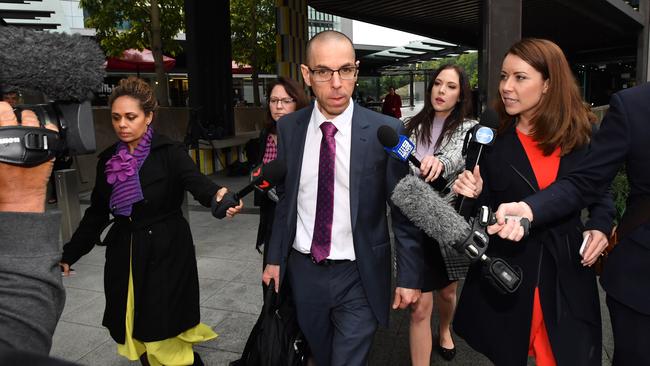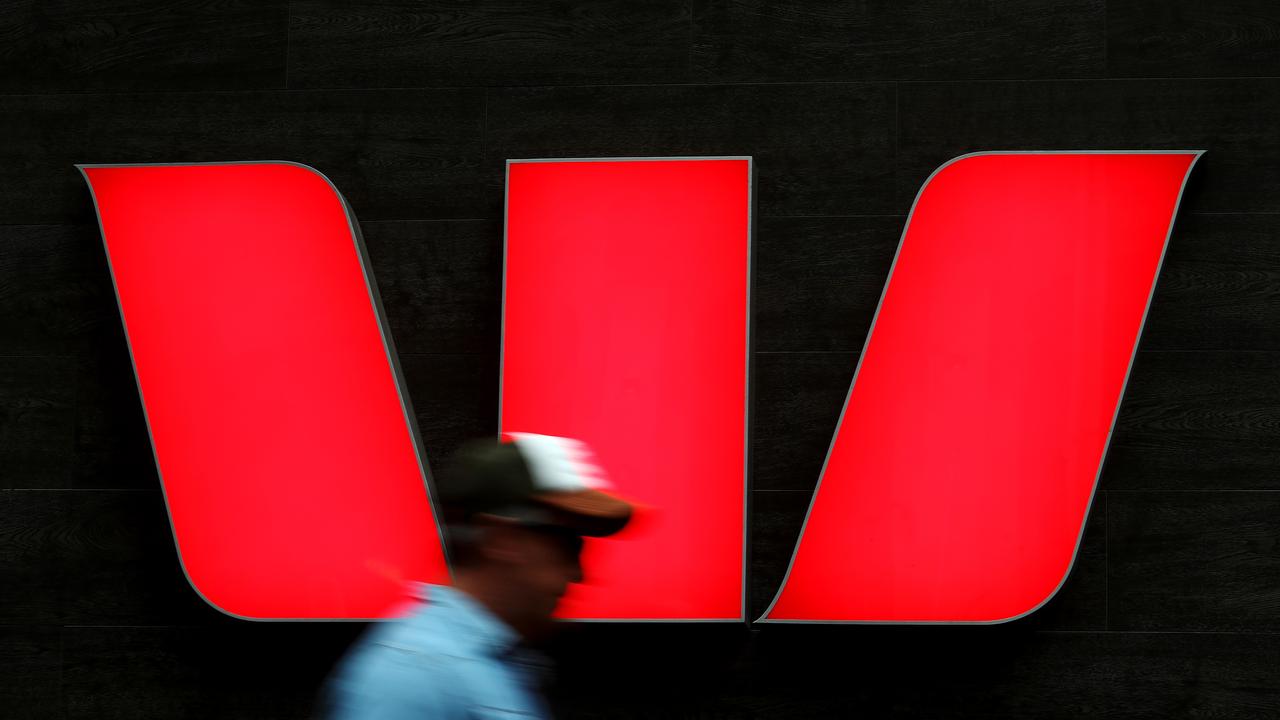Banking royal commission: the problem with ANZ’s post-mortem
The royal commission lost patience with ANZ’s defence of the Landmark acquisition. Here’s what it didn’t hear.

The optics of ANZ Bank’s purchase of Landmark’s $2.3 billion rural lending book kept getting worse the longer that the bank’s head of lending services Ben Steinberg remained in the royal commission hot seat.
To be fair to Steinberg, who presented as a credible and thorough witness, that’s no reflection on him, even as senior counsel assisting Rowena Orr tugged at his memory today for a third consecutive day.
The problem is that any bank acquisition in December 2009 is going to look like a stinker when you conduct a post-mortem in June 2018.
ANZ certainly did itself no favours.
From the outset, it botched its communications strategy with 4500 new customers, compounding the issue with a technology glitch that made it difficult for them to open up accounts once they were migrated to the ANZ technology platform.
Orr also put it to Steinberg that the bank provisioned for the dramatically higher-risk Landmark book, but had treated customers poorly because it failed to prepare for such a large number of soured loans.
While Steinberg rejected the proposition, he set himself up for a later confrontation with commissioner Ken Hayne by saying he couldn’t provide a detailed rebuttal because he wasn’t in the relevant division at the time.
ANZ deserves to the take the heat for its inept and sometimes callous handling of ex-Landmark customers.
However, some context is necessary.
As with Commonwealth Bank’s $2.1bn acquisition of Bankwest more than a year before, Landmark was a distressed business teetering at the edge of a precipice.
Both Bankwest and Landmark desperately needed a well-capitalised new parent to survive, and it’s an uncomfortable truth that loans were extended to customers who simply weren’t creditworthy.
For CBA and ANZ, Bankwest and Landmark were shotgun weddings at the peak of the financial crisis rather than well-planned acquisitions.
Regulators frantically waved them through, fearful of the devastating consequences of a collapse.
For the acquirers it was a balance between risk and opportunity.
The word on the street is that ANZ, under then-chief executive Mike Smith, had multiple targets on the radar, eyeing off banks in Korea, Japan and Hong Kong.
Smith had a nibble at Bankwest, and announcements were already drafted for a tilt at Suncorp before the plan was cruelled by the Rudd government's introduction of the wholesale funding guarantees in 2008.
Having failed to pull off those deals, Smith settled on the $US550 million ($746m) purchase of select Royal Bank of Scotland businesses in Asia (August 2009), a $1.86bn buyout of ANZ’s wealth partner ING (September 2009), and Landmark (December 2009).
Landmark was a disaster, but it would have been a much bigger one if it had been allowed to fail.
Steinberg was unable to say if ANZ had taken advantage of a planned repricing opportunity that would have delivered an extra $6m in revenue.
But it was the state of the loan book that was the killer blow.
Of the $2.3bn book, $272m in loans were in trouble in 2009, with 433 accounts either impaired or classified as high-risk.
By 2013, the figure was 1050 accounts worth $722m — a little less than one-third of the book.
It’s little wonder that a paper presented to the ANZ board in August 2015 said: “There is a lesson to be learnt from the Landmark acquisition in connection with assumptions that were around delinquencies and expected losses that were not stress-tested.”
Both Orr and Hayne lost their patience when Steinberg said he was unable to detail the assumptions made by ANZ in relation to Landmark because he wasn’t there.
Noting that ANZ had chosen Steinberg as its witness, an exasperated Hayne turned to the bank’s counsel and said: “What am I to do?”
Shareholders are entitled to ask the bank the same question.
gluyasr@theaustralian.com.au
Twitter: @Gluyasr



To join the conversation, please log in. Don't have an account? Register
Join the conversation, you are commenting as Logout